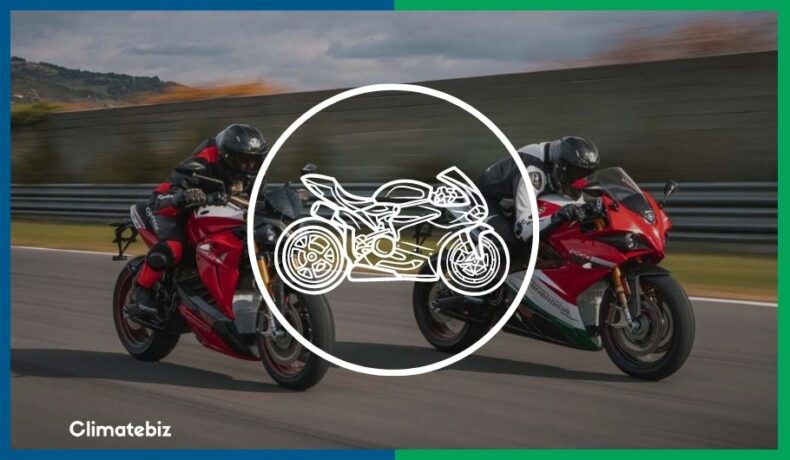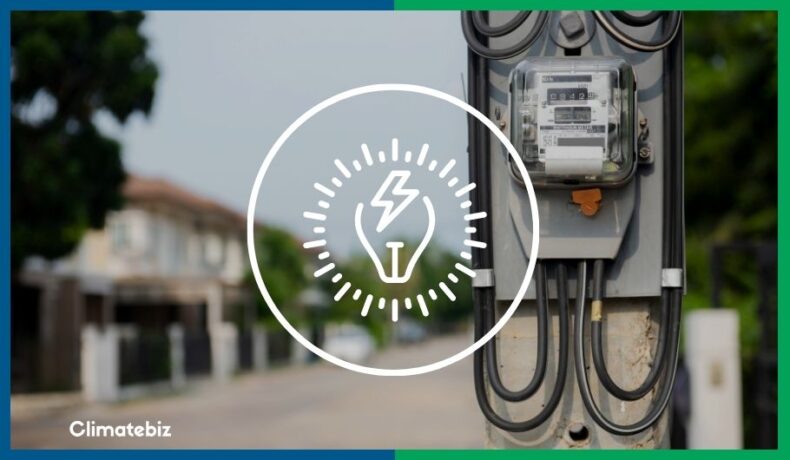What Are The 5 Fastest Electric Motorcycles?
There is no doubt that electric motorcycles are fast, but how fast can they go? Can they beat their gasoline cousins? We’ve conducted extensive research to bring you the 5 fastest electric motorcycles available in 2022. In this article, we’ll discuss the lightning speed, tremendous torque, and 0-60 mph times of 5 unique state-of-the-art electric … Read more












